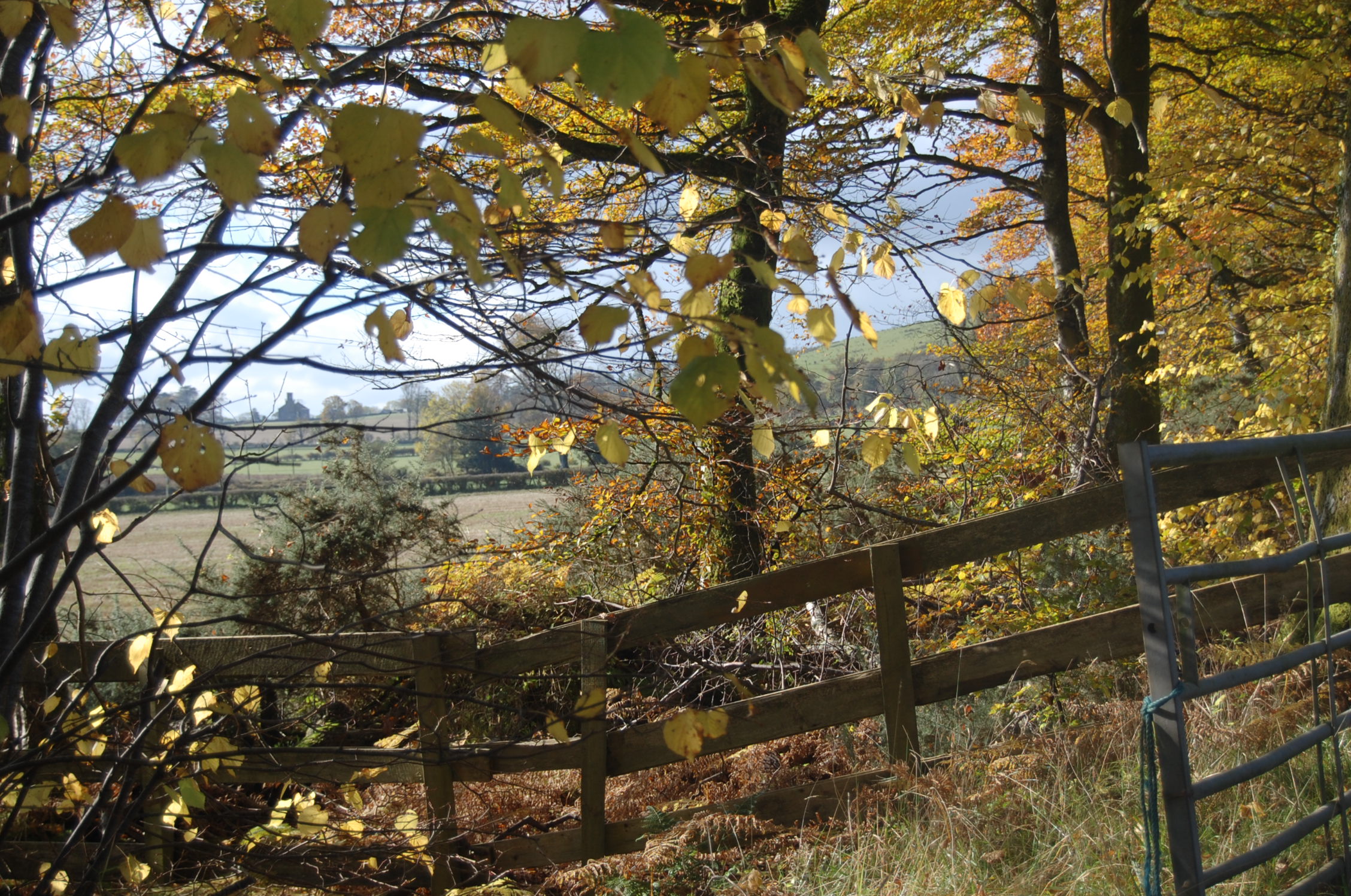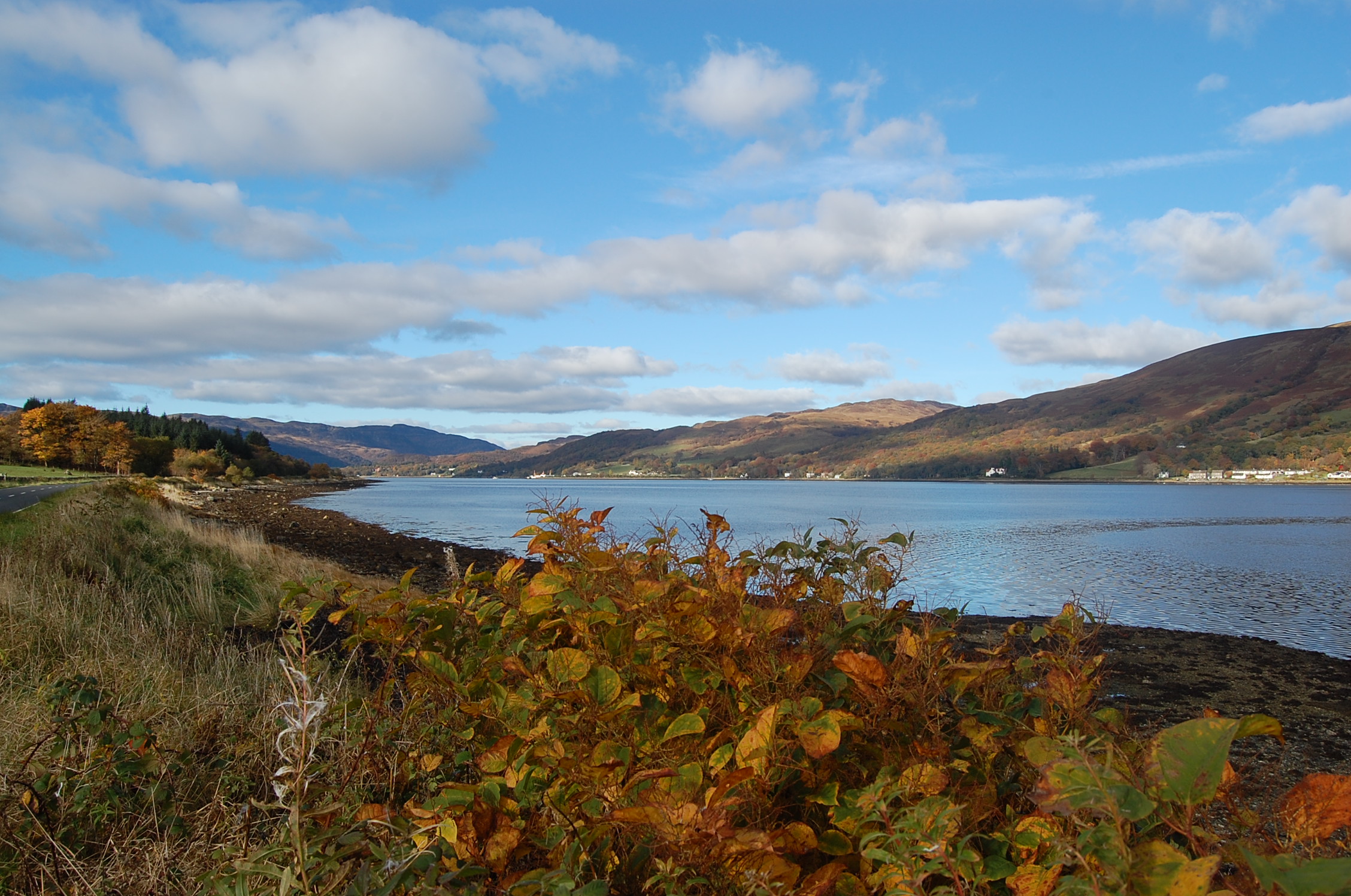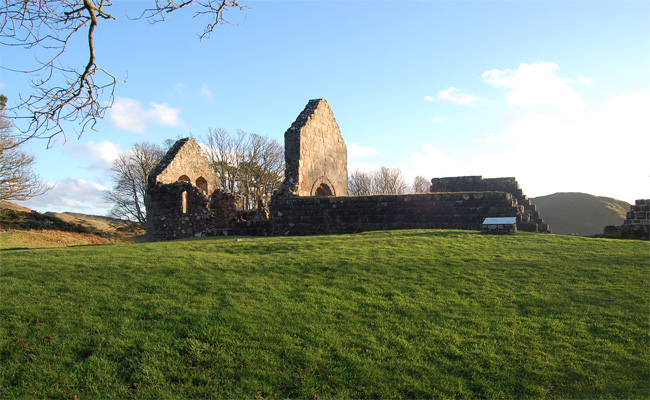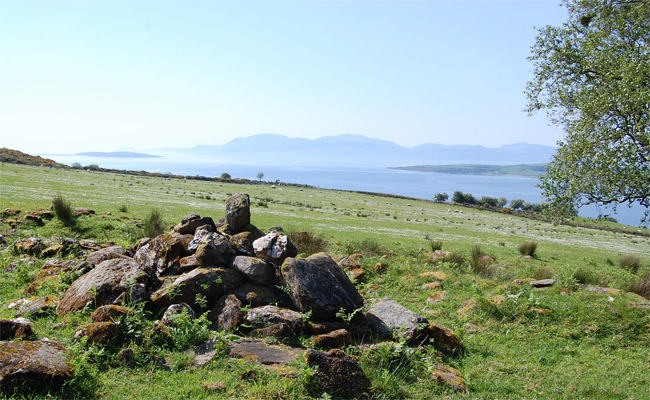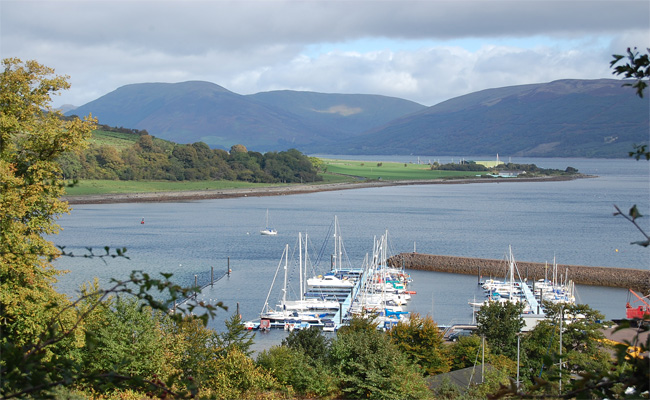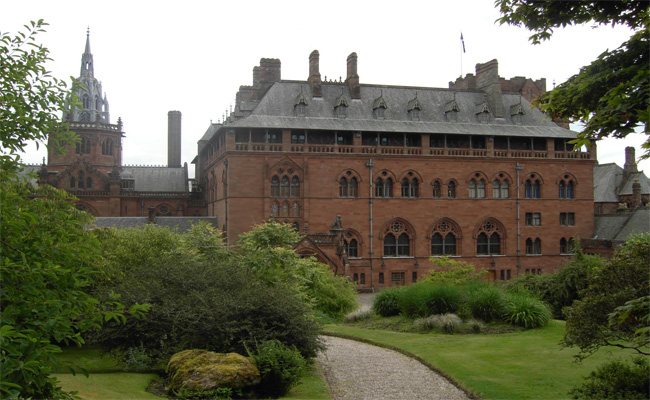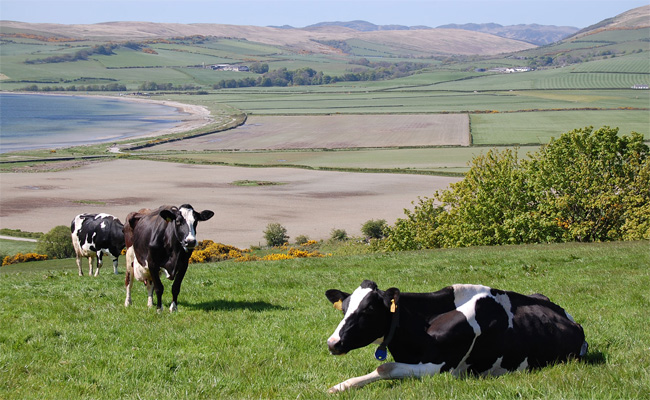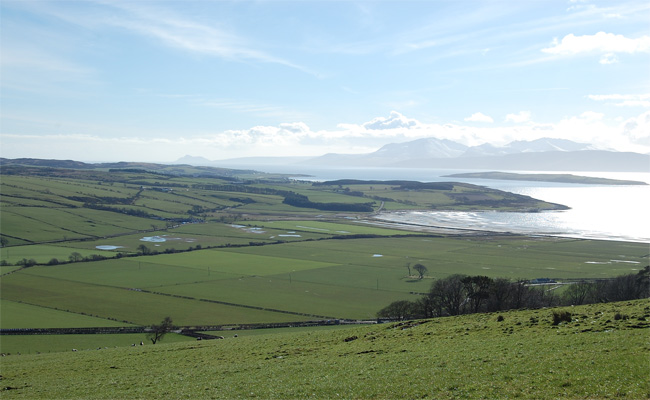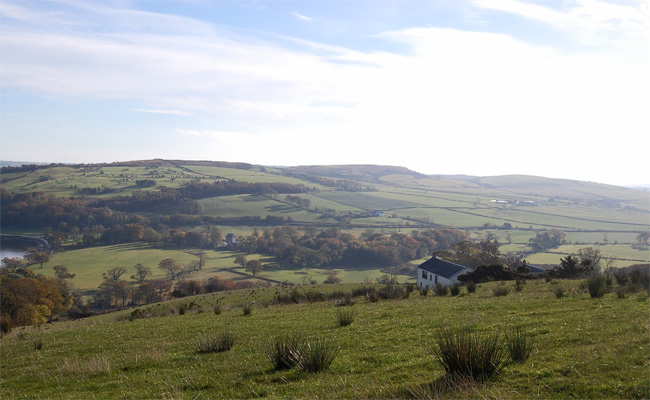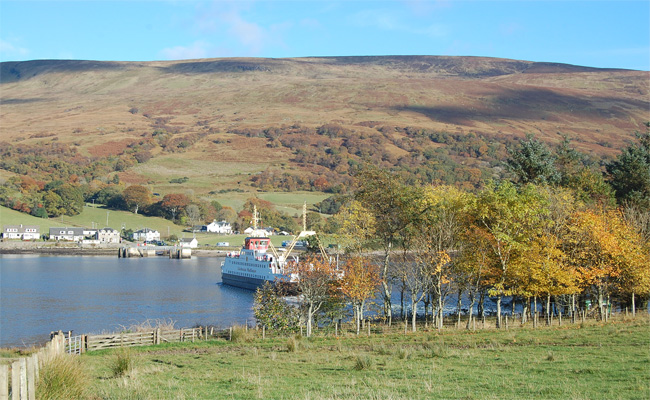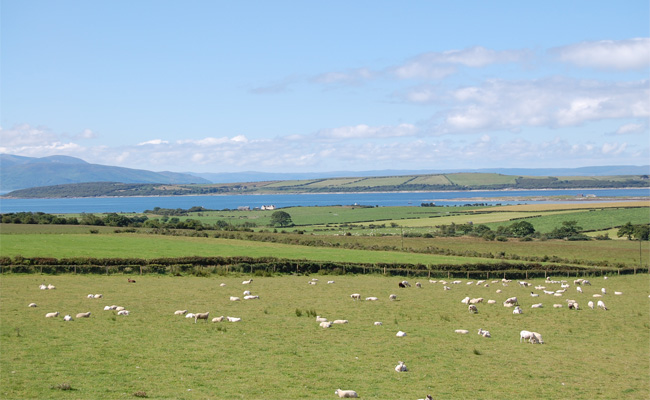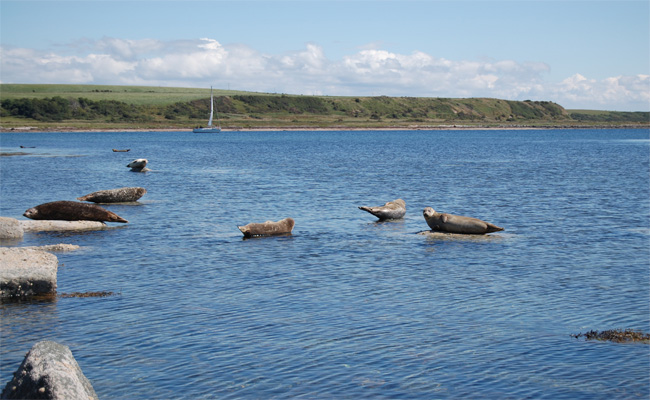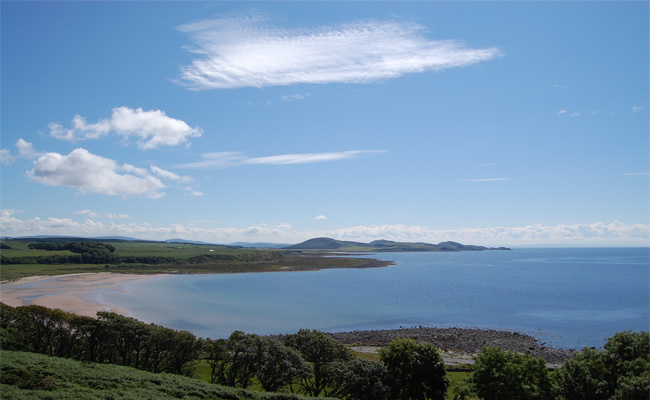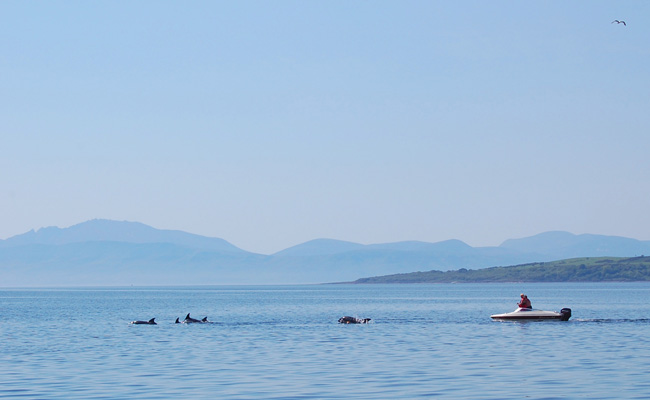The Isle of Bute lies off the coast of Argyll in Western Scotland, a half hour ferry ride from Wemyss Bay at the mouth of the River Clyde. Wemyss Bay is connected by rail or bus to Glasgow, and Glasgow International and Prestwick Airports. The Kings of Scotland and Norway fought for possession of this beautiful and favoured Island, and today Rothesay Castle and Kames Castle bear testament to the value history placed on this rich pastureland, forest, hidden bays, freshwater lochs and stunning views of the Argyll Mountains and the Isle of Arran. An inexpensive ferry links the north of island to the Highlands and routes to other Western Isles.
The Isle of Bute is only 15 miles long by 3 miles wide, yet boasts a wide diversity of different environments and landscapes; volcanic rock formations, lowland pasture and woods in the south, rising to highland hills in the north complete with wild goats and deer. There are freshwater lochs alive with trout and pike, sandy beaches only occupied by seals, and lost coves where the mackerel jump and the curlews peck. Birds of Prey patrol overhead, tiny wrens flitter in the hedgerow.Although often ignored by visitors to Scotland, Bute offers unrivalled opportunities for a peaceful outdoor holiday
See also:
The Best Bus Ride in Britain. An Oldtime Trip From Dunoon to the Isle of Bute in a Vintage Bus
Bute Travel Tips
